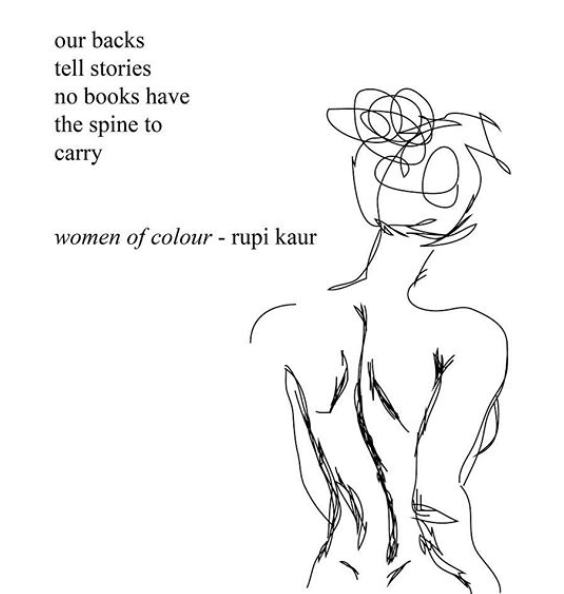“...But I, being poor, have only my dreams;
I have spread my dreams under your feet;
Tread softly because you tread on my dreams.” Yeats
Dreams might be one of the best video games of this generation. It’s a game for our times because at its heart it’s about creation over destruction, it’s about community over disunity, it’s about our hopes and dreams over our fears.
The older generations have trouble understanding the community of younger generations. Youth find this perplexing because weren’t the old, young once?
My generation had no mobile phones at university. Instant messaging did not exist. There was no Minecraft.
My parents didn’t understand the music I listened to. I imagine much like their grandparents. And so it will come to pass with me and my children.
There is a similar effect with games. The parents of Mats Steen were astonished about the community that Mats found and nurtured and nurtured him within World of Warcraft.*
That’s not to belittle the importance of a physical game like Tag or It. A game all generations can understand but grownups rarely play anymore. (Why have we grown up and lost our play? See Bernie De Koven)**
The older generations should ask themselves why more than 200 million mainly younger people (I assume) watched the finals of League of Legends. Millions more play e-sports and viewing figures for e-sport finals dwarf all sporting games now except soccer/football.
You give people - especially younger people - tools of imagination and creation, you give them space to tell their stories and you encourage a community to grow then you have the human ingredients to create a uniquely special way of expression.
How does Dreams give you the tools to create? And how does it compare to Minecraft and Super Mario Maker and the like?
The open architecture of Dreams is a quantum step above the sandbox of Minecraft.
Like the restrictions of the sonnet form in poetry, one can argue that the rules and restrictions of a world such as Minecraft (or Little Big Planet or Super Mario Maker) can spur creativity to produce game forms that can sit within those worlds.
However, a larger blank blob of clay gives a wider variety of stuff to create.
The downside of that is if you thought the learning curve for Minecraft was moderate to steep, then the tools of Dreams are more complex. Some won’t have the mentality to learn and practise these tools. As in games, as in life.
It’s a mistake of the old to assume the young can not concentrate that our attention spaces have shortened, that we misunderstand a slower way of life.
Our riposte is that we do far more, we assess far more, and discard far more but when we dive in, we do it with as much passion as any generation before us. Our attention is sound when we want it to be.
And so, the tools of dreams allows painting and modelling; it allows platforms and story quests, it allows shoot ‘em ups; fighting, exploring, mech combat, animations…. . it allows the quirky imaginations to go wild.
Even if you don’t fancy yourself a creator, you can surf others Dreams. And in a few short weeks, this is what you can find (random surf collection):
Some very realistic looking eggs
A game of billiards
A simulation of being on a toilet
First person shooters – Prometheus
Explorers – Underwater submarine adventure
Quirky Platformers
Instruments out of your controllers (no Labo needed)
Freefall skydiving
Music Videos, Ambient music rigs
A Game of Life
Ninja pigs adventures
…Almost anything you can imagine and some things you can’t….
(OK maybe I made one of those up)







